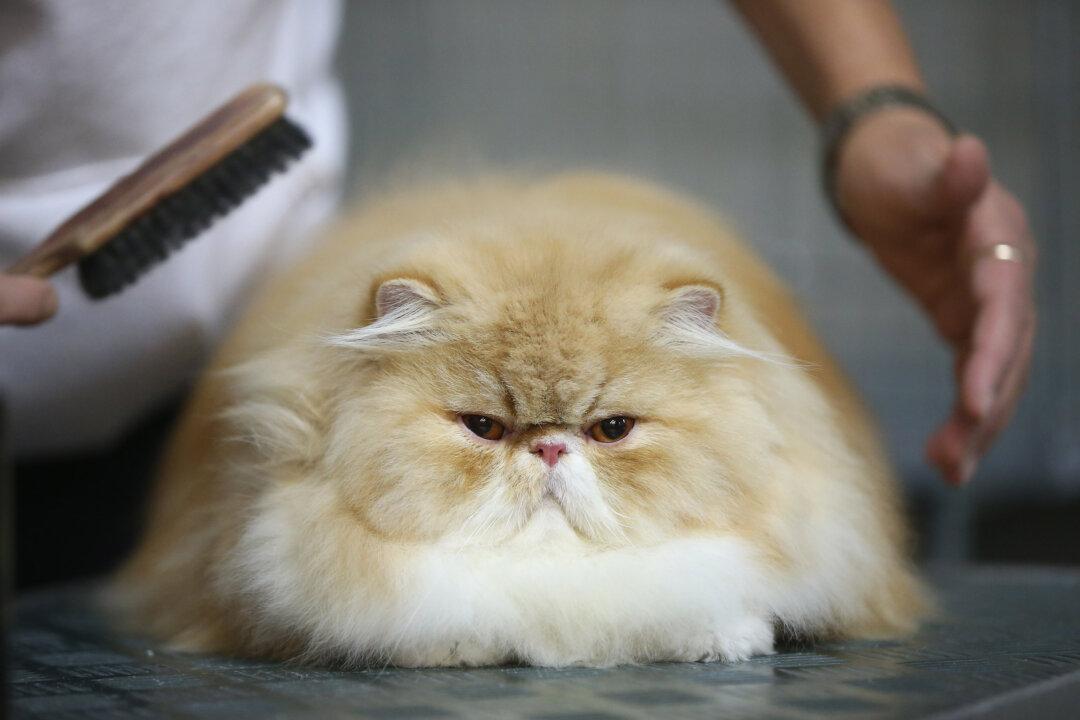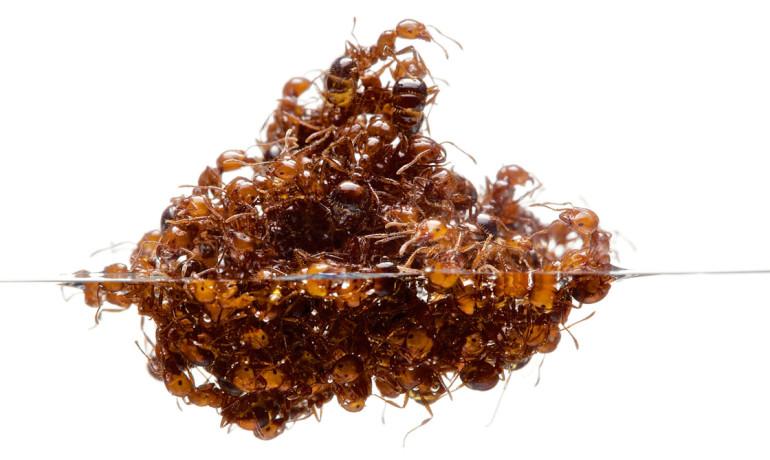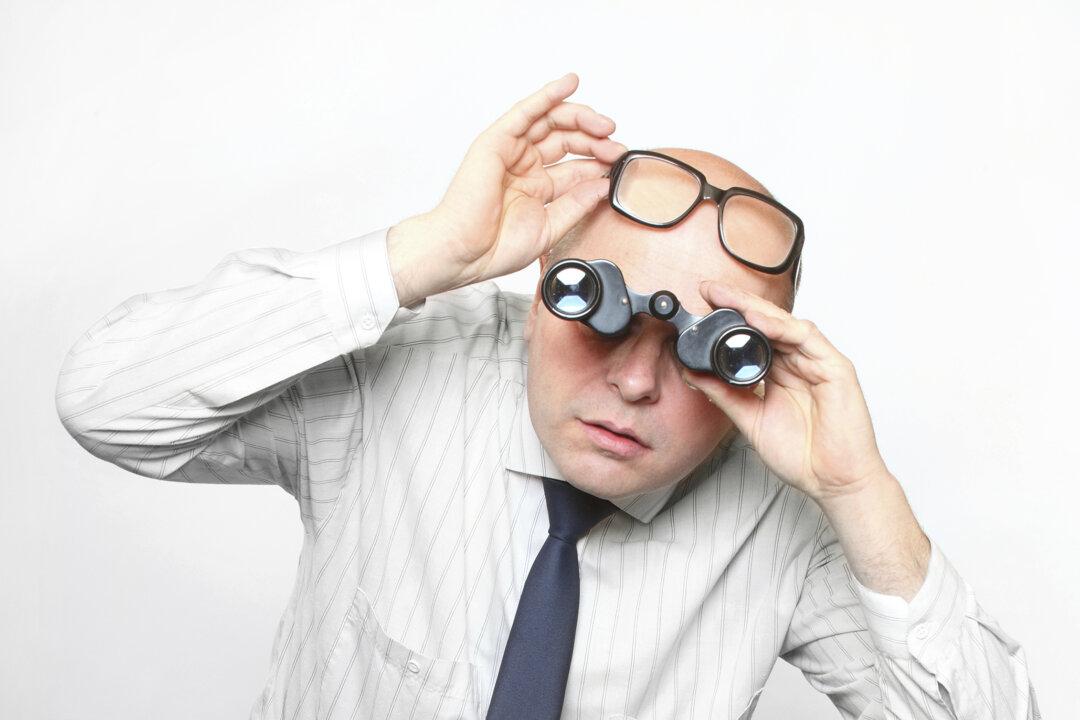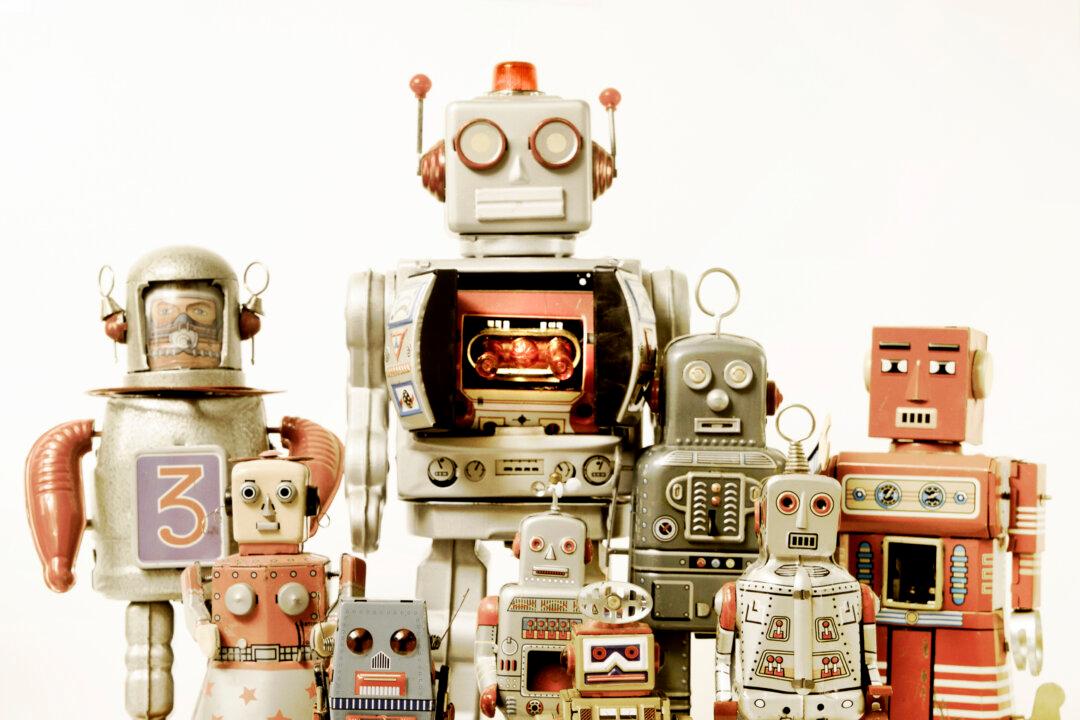Researchers have combed through more than two dozen studies and taken surface measurements of 27 mammals and insects to better understand how animals are able to clean themselves.
The findings could have implications for keeping structures built by humans—such as sensors, robots, and drones—free from pollutants, pollen, and dirt.
The research team focused on the many ways hair allows animals to both get dirty and remain dirt free. The researchers found that a honeybee has the same number of hairs as a squirrel: 3 million. That’s nothing compared to butterflies and moths—each has nearly 10 billion hairs. The human head, as a comparison, has just 100,000.

betyarlaca/iStock




